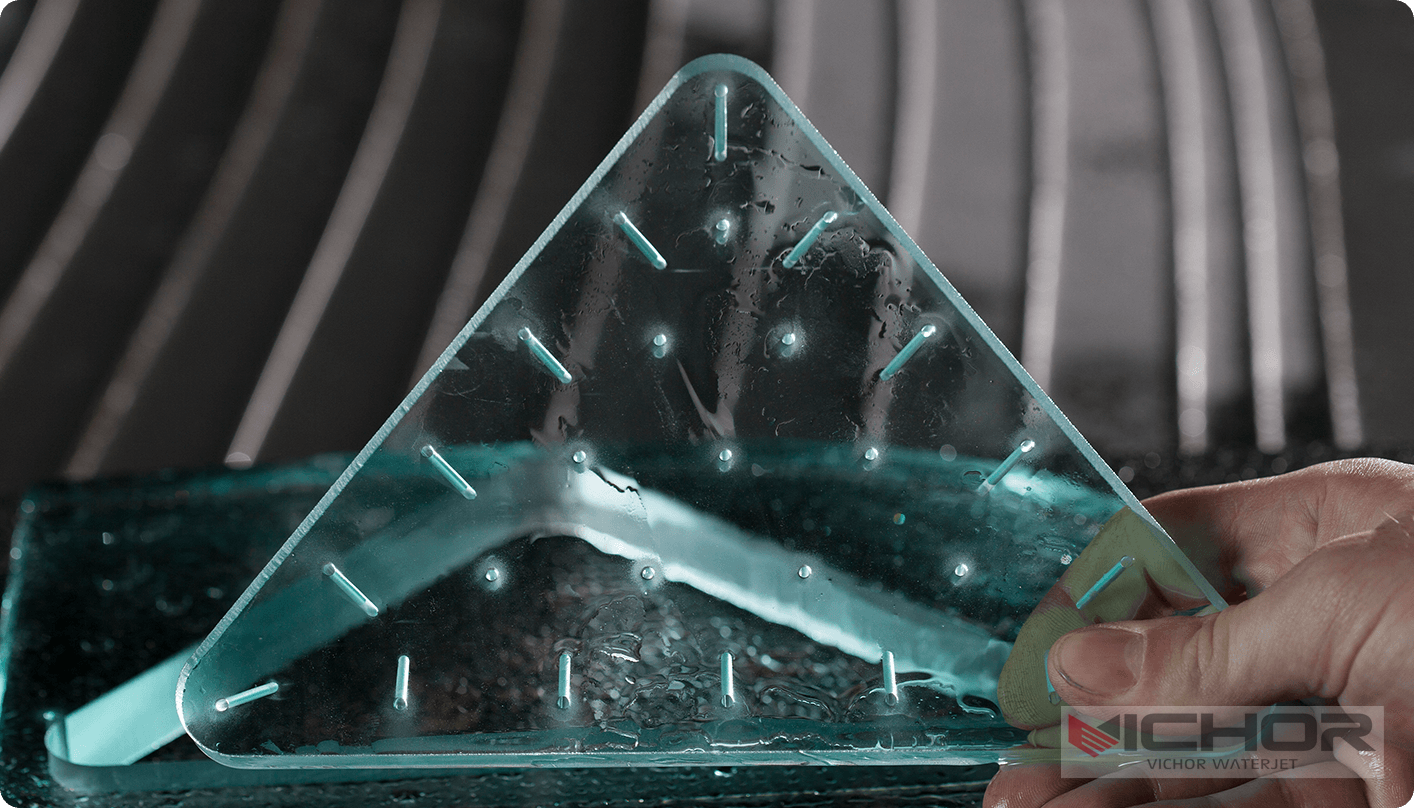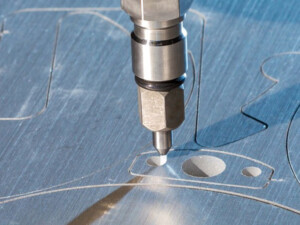
How Dynamic Waterjet Technology is Reshaping Modern Manufacturing
In the world of industrial cutting and fabrication, few technologies offer the versatility, power, and precision of the dynamic waterjet. Unlike traditional cutting methods that are often limited by material type, heat sensitivity, or complexity of design, this advanced process provides a unique cold-cutting solution that is as adaptable as it is powerful. But what exactly is a dynamic waterjet, and why is it becoming an indispensable tool across countless industries? This article delves deep into the mechanics, applications, and undeniable benefits of this transformative technology, exploring how it leverages motion and pressure to achieve unparalleled results.
At its core, a dynamic waterjet is more than just a high-pressure stream of water. It represents a sophisticated synergy of software, mechanics, and hydraulic power, designed to move with incredible speed and agility while maintaining extreme accuracy. The “dynamic” aspect refers to the intelligent, computer-controlled movement of the cutting head, which can instantly adjust its angle, speed, and trajectory to optimize cut quality on-the-fly. This capability sets it apart from standard waterjet systems, making it the preferred choice for complex, high-tolerance projects.
The Core Principle: How a Dynamic Waterjet Actually Works
The fundamental operation of a dynamic waterjet can be broken down into two main stages: pressure generation and precise execution. First, an intensifier pump takes in ordinary water and pressurizes it to extreme levels, typically between 60,000 and 90,000 PSI. This ultra-high-pressure water is then focused through a tiny orifice in a jewel (often made of ruby or diamond), creating a supersonic stream that can cut through soft materials like foam, rubber, and food products.
For cutting harder materials like metal, stone, or ceramic, an abrasive substance (typically garnet) is introduced into the stream within a mixing chamber. The water stream accelerates these abrasive particles, turning the jet into a potent erosive tool that literally grinds through the material. The true “dynamic” element comes from the CNC (Computer Numerical Control) system that guides the cutting head. This system doesn’t just move in simple patterns; it can tilt the head to compensate for the natural taper (or “kerf”) that occurs in waterjet cutting, resulting in perfectly straight edges. It can also dramatically increase cutting speed on long straightaways and slow down for tight corners, all automatically, ensuring efficiency and supreme accuracy.
Unmatched Versatility: The Materials a Dynamic Waterjet Can Handle
Perhaps the most significant advantage of a dynamic waterjet is its remarkable material versatility. Because it is a cold-cutting process, it does not generate heat-affected zones (HAZ) that can alter the structural integrity or properties of a material. This makes it ideal for tasks where thermal distortion is a major concern.
From the delicate and precise cutting of intricate patterns in titanium and aluminum for aerospace components to the robust slicing of thick granite slabs for countertops, the dynamic waterjet handles it all. It seamlessly transitions between:
Metals: Steel, titanium, brass, copper, aluminum, tool steel.
Composites: Carbon fiber, fiberglass, Kevlar, often used in automotive and aerospace applications.
Stone and Tile: Granite, marble, glass, ceramic.
Plastics and Polymers: Acrylic, polycarbonate, bulletproof glass.
Delicate Materials: Foam, rubber, paper, and even food products.
This ability to process such a diverse range of materials with a single machine simplifies manufacturing operations and reduces the need for multiple dedicated cutting systems.
Precision and Complexity: Redefining Design Possibilities
The agility of a dynamic waterjet system unlocks a world of design freedom that is difficult to achieve with lasers, plasma cutters, or mechanical tools. The lack of thermal stress means that engineers and designers can place cut paths very close to each other without worrying about part warping or material weakness.
The high-level CNC software allows for the production of incredibly complex and intricate shapes with tight tolerances, often within thousandths of an inch. Whether it’s creating fine architectural details, precise gaskets, or complex engine parts, the dynamic waterjet acts like a powerful, yet incredibly accurate, pencil. The 5-axis cutting capability—where the head can tilt and rotate—ensures that bevels, angles, and three-dimensional shapes can be cut with precision, eliminating secondary machining operations and streamlining production.
Efficiency and Sustainability: The Eco-Friendly Cutting Solution
In an era focused on environmental responsibility, the dynamic waterjet stands out as a relatively sustainable manufacturing technology. The primary cutting medium is water, which can be recycled and reused within the system after filtering. The abrasive garnet, though consumed, is a non-toxic, natural mineral. Furthermore, because the process does not involve burning materials, it does not release harmful fumes or gases into the atmosphere.
From an efficiency standpoint, the dynamic nature of the system directly translates to reduced cycle times and lower operational costs. The intelligent head movement means faster cutting speeds without sacrificing quality, leading to higher throughput. Additionally, the ability to nest parts extremely closely together on a single sheet of material minimizes waste, maximizing material yield and reducing costs.
Dynamic waterjet technology is not static; it continues to evolve and improve. Integration with Industry 4.0 practices, such as the Internet of Things (IoT), allows for real-time monitoring of machine performance, predictive maintenance, and data-driven optimization of cutting parameters. Advances in pump technology are delivering higher pressures more efficiently, enabling faster cutting speeds and even greater precision.
Software development is another critical area of growth. Smarter, more intuitive programming systems are making it easier than ever to translate complex CAD designs into flawless cutting paths for the dynamic waterjet. As automation becomes more prevalent, we can expect to see these systems更加 seamlessly integrated into fully automated production lines, working alongside robots for material handling and post-processing.
In conclusion, the dynamic waterjet is far more than a simple tool; it is a foundational technology that empowers innovation across manufacturing, art, and design. Its unique combination of versatility, precision, cold-cutting capability, and environmental friendliness makes it an invaluable asset for any operation that demands the highest quality cuts across a wide spectrum of materials. As the technology continues to advance, becoming smarter, faster, and more connected, its role in shaping the future of fabrication is only set to expand, solidifying its position as a true cornerstone of modern industry.
continue reading
Related Posts
- 1371 words6.9 min read
- 1449 words7.3 min read



